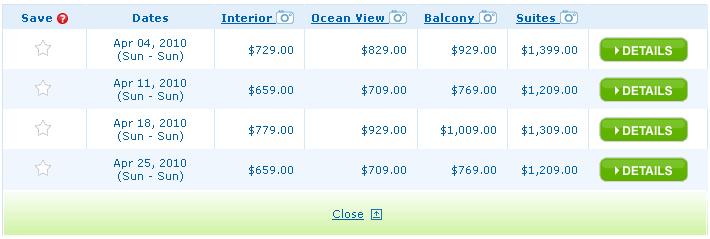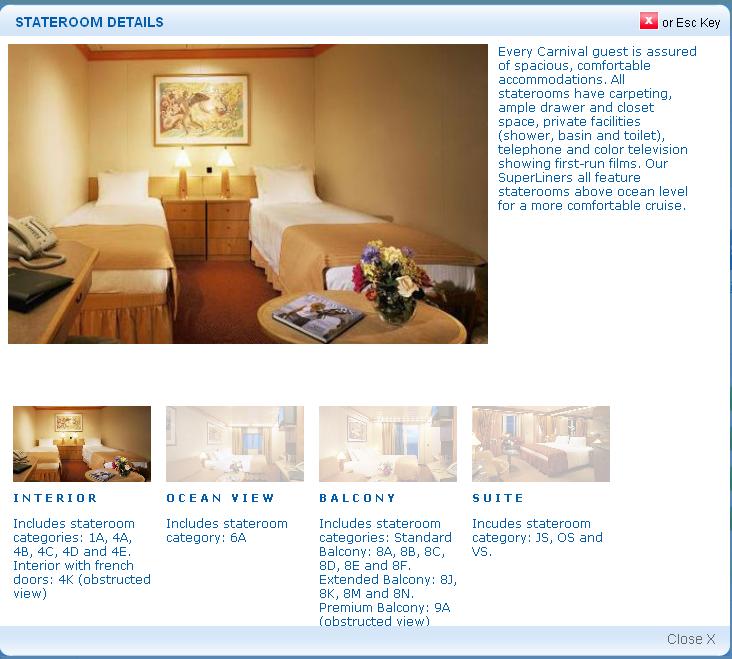You Need Smart Lazy People
April 20th, 2011 Smart lazy people are the lifeblood of any company, big or small. They are the people that are in the trenches, doing the work, getting things done, and contributing real value by approaching problems with a sharp mind. But most of all, they are a little lazy.
Smart lazy people are the lifeblood of any company, big or small. They are the people that are in the trenches, doing the work, getting things done, and contributing real value by approaching problems with a sharp mind. But most of all, they are a little lazy.
A friend of mine coined this term when we were hunting for the ideal candidate to add value to the marketing analytics team. Now, he was speaking tongue-in-cheek, as he often did, but the underlying idea is actually quite valid.
An individual who is ‘smart’ will really contribute in the trenches by understanding what the end goal truly is and distilling all of the input into a focused and actionable output. But they may be so focused on the end result they will do whatever it takes to get there, no matter the effort required. While this can be awesome, it can also be a waste of time.
A ‘lazy’ person is someone who hates repetitive tasks; they just want to get the task done so they can go grab a snack or another cup of coffee or (better yet) go and dig in the data because it is just fun. But, while focused on automation of reports or dashboards, they fail to understand what is really being asked and only deliver to specifications. Delivering only what is asked instead of what is needed is an easy pit to fall into.
Combined you get a smart lazy person – an individual who approaches a problem and understands what it takes to solve it and then goes and finds a way to automate it so they can move onto the next task in the list. They don’t want to spend their time doing mindless repetitive tasks. They want free time so they can take on additional responsibilities and projects.
In reality, these people are not actually ‘lazy’, rather, they are in love with optimization and hate to see waste. They care about the larger picture and realize “How do we get there?” is just as important as “Why are we trying to get there?”
Take a moment and think about your own approach to issues. Is there an opportunity for you to be a little smarter or a little ‘lazier’?
This has been a Thought From The Cake Scraps.


 Diamonds are not the only thing that is forever anymore. It is no secret that Google will dig deep and find things on a person that the person has long since forgot about. Individuals that are active on the internet are pumping out a HUGE amount of information that is then on electronic record.
Diamonds are not the only thing that is forever anymore. It is no secret that Google will dig deep and find things on a person that the person has long since forgot about. Individuals that are active on the internet are pumping out a HUGE amount of information that is then on electronic record. What do you see when you look at this picture? Do you see a game of Jenga nearly complete? Do you see a tower of block about to fall? Do you see the next block that you would take out and add on top? It all depends on your perception.
What do you see when you look at this picture? Do you see a game of Jenga nearly complete? Do you see a tower of block about to fall? Do you see the next block that you would take out and add on top? It all depends on your perception.